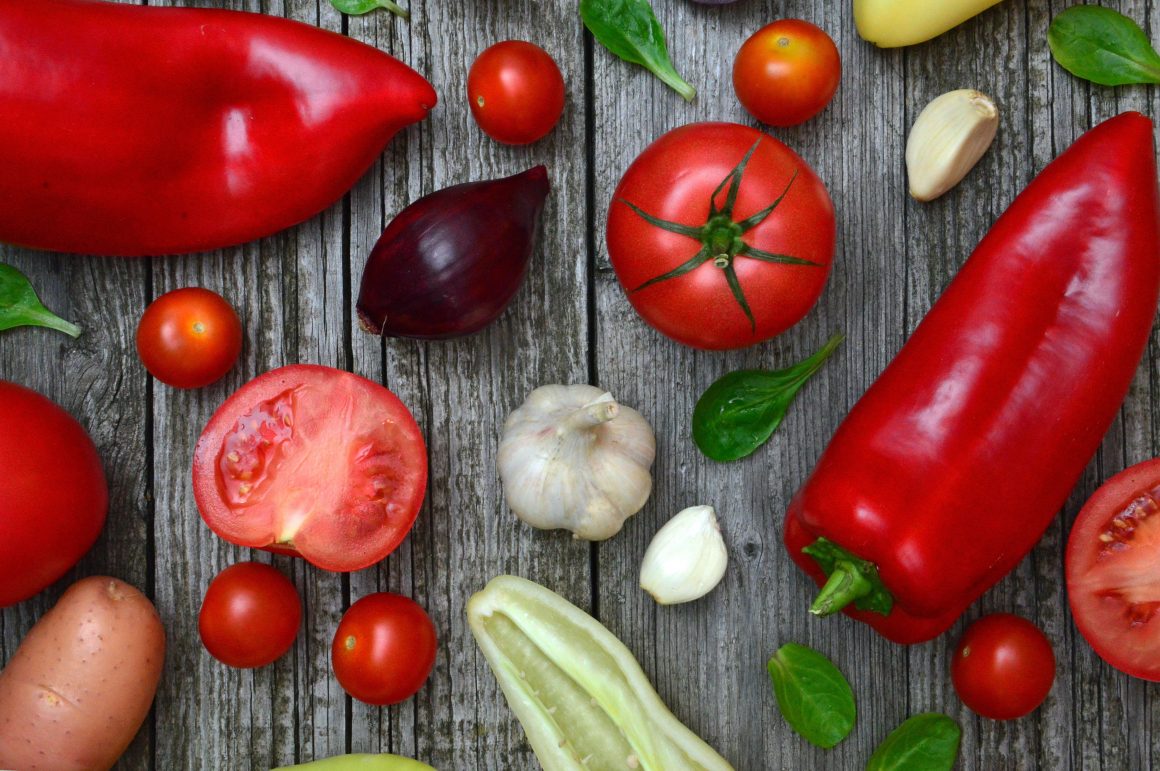
Busting the racist and classist myths about healthy food
By Jillian Cung, October 6 2022—
Growing up as someone with a Chinese background, I always found it bizarre that non-Chinese people were adamant that Chinese food is inherently unhealthy. As a kid, I felt a lot of shame when it came to eating my own culture’s food in public spaces, I still remember how I was villainized for eating duck eggs. For most of my childhood, I would ask my mom to pack me sandwiches to avoid further stigmatization from my peers. I have also witnessed people in the Western world express similar views on other cultures’ cuisines, especially when the cuisine is from a non-White ethnicity. Perspectives on food stem heavily from cultural and economic influences that shape individuals on what foods are considered healthy. In the West, healthy food is often limited to Eurocentric cuisines leading to the erasure or invisibility of other cultures’ cuisines.
As someone who went through the Canadian education system, at some point there was a health class on Canada’s Food Guide. In the most basic summary, the food guide recommends various servings from the five food groups — vegetables and fruits, grain products, milk and alternatives, and meat and alternatives. As a kid, I believed that as long as I ate the recommended serving from each food group, it would lead me to a clean bill of health.
Unfortunately, when there is a lack of education on other cultures’ cuisines, it is easy for preconceived notions to influence you on what foods are unhealthy. Issues of racism and xenophobia rise when terms like Chinese Restaurant Syndrome (CRS) are placed in the Merriam-Webster dictionary. The dictionary initially defined CRS as “a group of symptoms (such as numbness of the neck, arms, and back with headache, dizziness, and palpitations) that is held to affect susceptible persons eating food and especially Chinese food heavily seasoned with monosodium glutamate.”
The stigmatization of the use of monosodium glutamate (MSG) — a common season in East Asian cooking — just scratches the surface of the issue. There are various health myths about MSG, such as that it causes allergic reactions and that it leads to negative effects on the brain. The reality is that it is not scary or toxic for the human body, although there are concerns if you consume an exceptional amount — just like standard table salt. The same rule follows anything if you overconsume it — even water has limitations.
There are still racist beliefs that linger around Chinese food. In 2019, Arielle Haspel, the co-owner of Lucky Lee’s, claimed to make “clean” Chinese food — implying that the cuisine is inherently unhealthy. Haspel’s restaurant reiterated the notion that Chinese food is harmful and not accepted by Western standards.
The notion that seasoned food is unhealthy in the West has also created various myths about seasoning or spices. Although there are concerns about artificial seasoning such as seasoning cubes having high sodium, that does not mean all seasoning is bad for you. There are various benefits of adding a bit of spice to your meal — use a bit of oyster sauce on your tofu for an umami flavour out of this world.
The myths about seasoning leave some fitness fanatics feeling like they cannot season their food, moreover blocking the potential for a cultural connection. Dear gym bros, please season your chicken breasts — a little ginger and garlic will not hurt. Jokes aside, this phenomenon is one of the consequences of misguided beliefs surrounding what makes foods unhealthy. Some fitness fanatics feel worried about consuming too much sodium, especially sodium found in various seasonings because it can lead to more water retention and in return less visible muscle definition. The world of fitness can be difficult to manage a balance of healthy habits that do not turn into unhealthy ones.
There are cultural discrepancies on what foods are unhealthy and also economic ones. Financially vulnerable people are more likely to be consumers of processed goods and frozen foods due to lower costs. I remember hearing myths about how unhealthy frozen vegetables are for you and, that for the best nutritional value, one should eat fresh produce. However, recent studies suggest that some frozen vegetables could be even more nutritious than fresh ones due to the freezing process. The freezing process essentially freezes the vegetable during the time it has the most nutritional value. The classist nature of what foods are healthy creates further divides between lower and higher-income people — just because something costs more does not mean it is better for you.
Undeniably, one’s knowledge of food is influenced by an intersection of socioeconomic and cultural backgrounds. Perpetuating stigmas that non-White cultural cuisines are inherently unhealthy forces marginalized people to assimilate into a Eurocentric way of living. Adopting new cuisines is never the issue, but for many marginalized groups, their culture is extremely food oriented — what seems like “factual” comments can have racist or classist undertones that lead to unwanted feelings of shame, guilt and unhealthy relationships with food altogether.
This article is a part of our Voices section.
